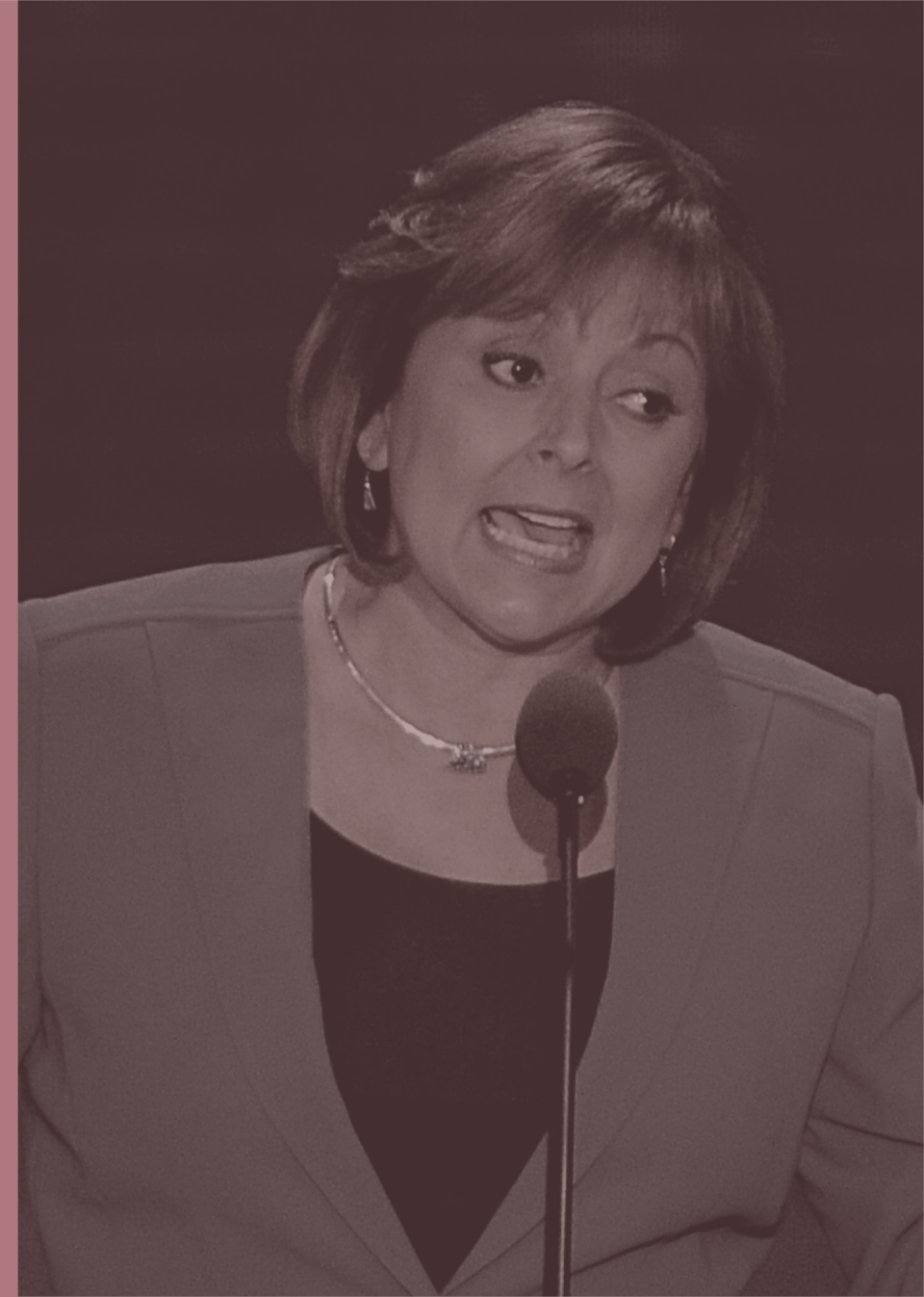In 2024 run, Nikki Haley touts role as first woman of color governor. She shares the title.
- Oops!Something went wrong.Please try again later.
- Oops!Something went wrong.Please try again later.
- Oops!Something went wrong.Please try again later.
Nikki Haley was a groundbreaking candidate when she became the first Asian American woman elected as South Carolina's governor in 2010.
But she wasn't the only history-making woman of color that year. Fellow Republican Susana Martinez, a Latina, was also elected governor of New Mexicoin 2010.
Both won elections on the same day: Nov. 2, 2010. But Martinez was sworn into office Jan. 1, 2011, 11 days before Haley was sworn into office on Jan. 12, 2011.
The two candidates were the nation's first women of color chief executives, according to Rutgers University's Center for American Women and Politics. Haley has often referred to herself as the first female minority governor in the U.S.
During her presidential campaign launch last week in Charleston, S.C., Haley described herself as "the first minority female governor in history."
"It's definitely not true," said Debbie Walsh, director of the Center for American Women and Politics. "I think the most accurate thing would be to say they share this distinction."
Who is Susana Martinez?
Martinez served two-terms as governor of New Mexico — first in 2011 and then after she was reelected in 2014.
Her election also made her New Mexico's first female governor.
Her election was also significant, "because I think the assumption always is that candidates of color are going to come from the Democratic Party," said Walsh. "And as it happened in one year, two women of color — a South Asian woman and a Latina — were elected and both were Republicans."

Before that, Martinez was a prosecutor with 25 years of service along the U.S. southern border. Time named her one of its 100 most influential people in 2013; Karl Rove wrote the description on Martinez for the magazine.
At one point, she was in consideration to be Mitt Romney’s running mate during the 2012 presidential election.
In 2015 and 2016 Martinez was the chair of the Republican Governors Association. Last year, she was the honorary chair of Right Direction Women, a group that supports Republican women running for the governor's mansion.
Is Martinez' accomplishment being ignored?
Gabriel R. Sanchez, a David M. Rubenstein Fellow in Governance Studies at the Brookings Institution, said Haley not mentioning that Martinez made history at the same time does give off a perception that she's overlooking her fellow Republican.
Martinez has kept a low-profile since leaving office and has not maintained the limelight she carried when she was rumored to be a vice presidential candidate in 2012.
Sanchez said another possibility on why Haley doesn't mention Martinez may have to do with former President Donald Trump.
"Susana Martinez did not have a great relationship with former President Trump," said Sanchez, who is also a political scientist at the University of New Mexico.
In 2016, Trump criticized Martinez for not attending a rally he held in New Mexico when he was campaigning for president. Martinez hit back.
“The Governor will not be bullied into supporting a candidate until she is convinced that candidate will fight for New Mexicans,” a Martinez spokesman said at the time in a statement to Trump's attacks.
Sanchez said the spat could make Haley not want to mention Martinez on the campaign trail. "Why would somebody be motivated to overlook somebody from their own party?" he said. "That seems to me to be as interesting of an explanation as any other."
Martinez did not respond to USA TODAY's multiple requests for comment.
A chance to appeal to Republican voters of color
Walsh told USA TODAY that Haley emphasizing that she is one of two history makers could appeal to GOP voters of color.
"I get why as a candidate you would want to say 'I'm the first'," Walsh said. "But I think it would speak to a message she could be sending to communities of color, that the Republican Party is welcome to them as well."
Republican Party voters tend to be white; 54% of white registered voters identify as Republican or lean toward the GOP, according to a 2016 Pew Research Center survey.
Meanwhile: 87% of Black voters identified with Democrats, 63% of Hispanic voters identify with Democrats, and 66% of Asian American voters identified with Democrats. Democrats also held an advantage with women at 54% compared to 38% that identify with Republicans.
"Any opportunity — it would seem to me —to be able to show that the party is a place that is open to welcoming of people of color and women would be, you would think, a point of pride," Walsh concluded.
Sanchez agreed.
"Everybody knows that the Republican Party has to do very, very well with Latino voters in order to have a chance of presidential races," he said.
Haley, he said, would be wise to get an endorsement from Martinez.
"Tip your hat to a former Latina governor," said Sanchez. "Ideally, have her as somebody in your stable that would endorse you. It just seems like a wise strategy. And so not doing that just seems to me to be very unstrategic."
This article originally appeared on USA TODAY: Nikki Haley, first woman of color elected governor, shares the title

